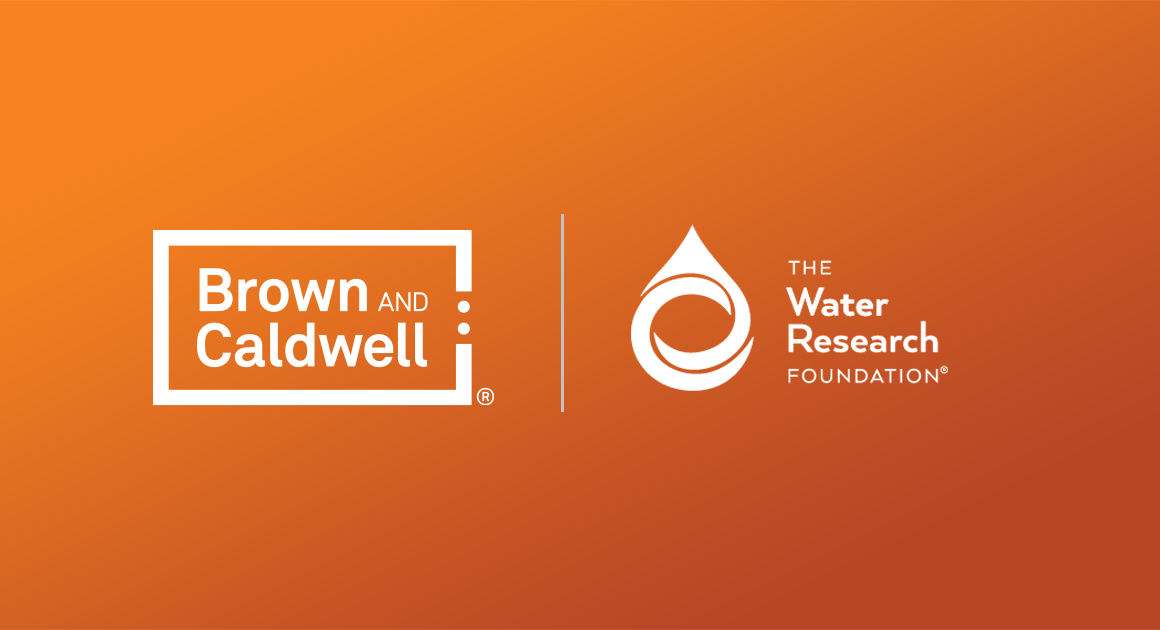WALNUT CREEK, Calif. — The Water Research Foundation (WRF) has granted $200,000 for the project, Advancing Low-Energy Biological Nitrogen and Phosphorus Removal (5083). The project will develop research and guidelines for the design, implementation, and operation of sustainable, low-energy processes for biological nutrient removal at water resource recovery facilities (WRRFs).
For WRRFs, nutrient management is key to addressing water quality issues in watersheds challenged with rapid urbanization and a growing population. While conventional biological nutrient removal (BNR) technologies are effective, they are energy and cost-intensive.
Led by a principal research team of Dr. Jose Jimenez (Brown and Caldwell), Dr. Belinda Sturm (University of Kansas), and Dr. Leon Downing (Black & Veatch), the project will advance low dissolved oxygen (DO) BNR to intensify wastewater treatment processes and significantly reduce energy demands and chemical dependency. The approximately $1 million project is partly funded by WRF’s Research Priority Program, with $800,000 in-kind contributions from several utility partners.
“This important study seeks to pave the way for full-scale implementation of low DO BNR to improve effluent quality while significantly reducing the energy footprint of water resource recovery facilities. Our team is proud to partner with WRF to help utilities meet stringent nutrient effluent limits while maximizing the use of existing infrastructure.”
University of Kansas Associate Vice Chancellor for Research Dr. Belinda Sturm
The research will utilize bench-scale, pilot-scale, and full-scale testing at several WRRFs throughout the U.S. to cover a host of influent and operational conditions to develop a fundamental understanding of low DO BNR implementation at WRRFs. Additionally, the research aims to develop innovative process control strategies, combining aeration control with process intensification strategies such as selective wasting and sludge densification.
This breakthrough approach is being studied as part of Brown and Caldwell’s BC:Ntensify® suite of process intensification solutions, developed to help utilities do more with less through improved process capacity, effluent quality, chemical and energy savings, and resource recovery.
Scheduled for completion by year-end 2022, project results will provide a practitioner’s blueprint/guidance document which synthesizes key findings for implementing low DO BNR for use by utilities, consulting firms, and other practitioners.
The guidance will:
- Explain the fundamental mechanisms associated with low DO BNR operation.
- Provide a decision tree for low DO BNR compared to other low energy BNR technologies to assist in utility decision-making.
- Provide design, operation, and process modeling guidelines for low DO BNR.
- Outreach and technology transfer to utilities evaluating low energy BNR technologies with a view to full-scale process development.
At its core, the project seeks to reduce the environmental footprint and ratepayer costs of essential wastewater treatment.
###
About The Water Research Foundation
The Water Research Foundation (WRF) is the leading research organization advancing the science of all water to meet the evolving needs of its subscribers and the water sector. WRF is a nonprofit, educational organization that funds, manages, and publishes research on the technology, operation, and management of drinking water, wastewater, reuse, and stormwater systems—all in pursuit of ensuring water quality and improving water services to the public. For more information, visit www.waterrf.org.
